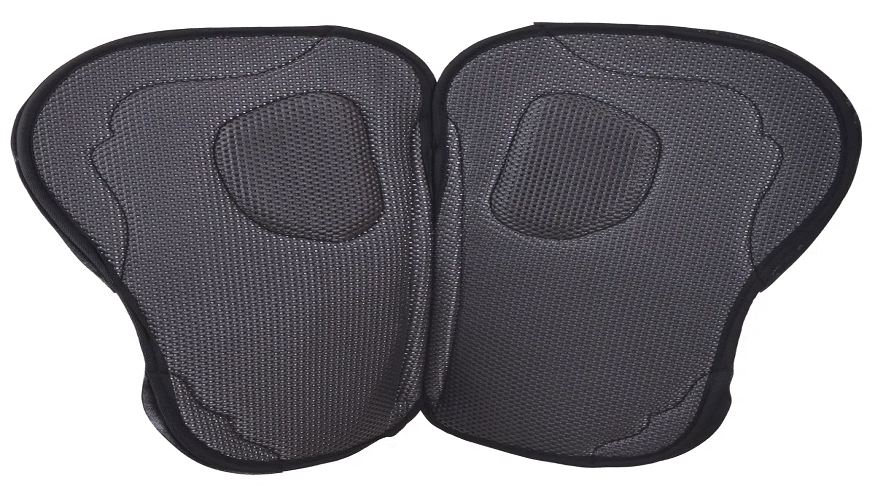From tight contact to dressage to half pads to all-purpose, the realm of saddle pads may be very intimidating. Saddle slips and pressure points then run the danger of confusing a set of do’s and do not’s.
While a jump cut saddle pad, or a close contact saddle pad, is made for jumping saddles and mono-flap saddles, a dressage saddle pad is a deeper cut to allow for the larger leg flaps on a dressage saddle. Again to let the leg flaps fit, they are further front cut. Likewise, a general-purpose or all-purpose orthopedic saddle pads is meant especially to sit under a GP saddle.
One should give the material of a saddle pad some thought while buying it. To make sure any perspiration or moisture from your horse is fast drained away, we advise searching for a breathable fabric like cotton. In addition to making your horse or pony more comfortable, this will help to prevent and heal rubbing or sores.
Drawbacks of a High Wither Saddle Pad
When fitting a new saddle or verifying a present one, saddlers will always make sure the clearance over the withers is correct. A saddle too wide will sit down on the withers and create discomfort. High-wither saddle pads apply the same idea. Too close over the wither, and your poorly fitting saddle pad could cause your horse to rub, hurt, and suffer.
However a high wither saddle pad is not only designed for horses with high withers such as thoroughbreds and warm bloods. Designed to give greater space in all the correct areas, they are ideal for almost any horse or pony and will comfort your steed.
Many of us understand the sensation of a saddle slide. We have all been there from a poorly fitted saddle to a too-loose girth.
This risk can be lowered and the saddle kept more stable using a non-slip saddle pad. Usually, a non-slip saddle pad will contain a tiny layer or areas of silicone between the horse’s back and the saddle panels, functioning as a sticky layer free of damage to the leather.
Make sure the gullet is clear when fitting a half pad so as not to compromise the area under your saddle. Too much padding in this place can create pressure spots.
Given the variety of saddle pad choices available, it helps to mentally note or have a list of features you wish yours to incorporate. Look for saddle pads with reinforced girth sections to extend lifetime and aid in protecting wear on the pad itself as well as on your horse’s saddle. D-ring loops are also really handy. Too lengthy; they can interfere; non-existent; you run the danger of saddle pad slippage back under your saddle and pressure point development results.
Conclusion
A well-selected saddle pad is essential for horse comfort and performance and goes beyond just accessory value.
The correct pad can help your horse be more generally healthy, avoid saddle sores, and even improve shock absorption. But given all the choices, choosing the ideal pad can be daunting.

